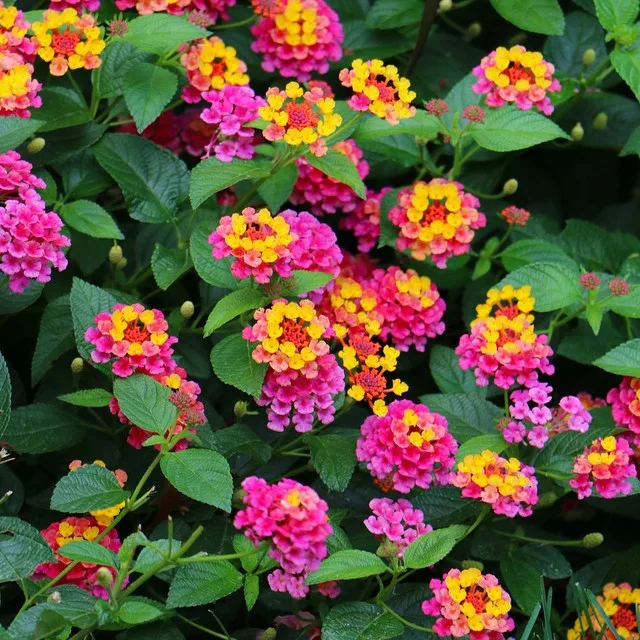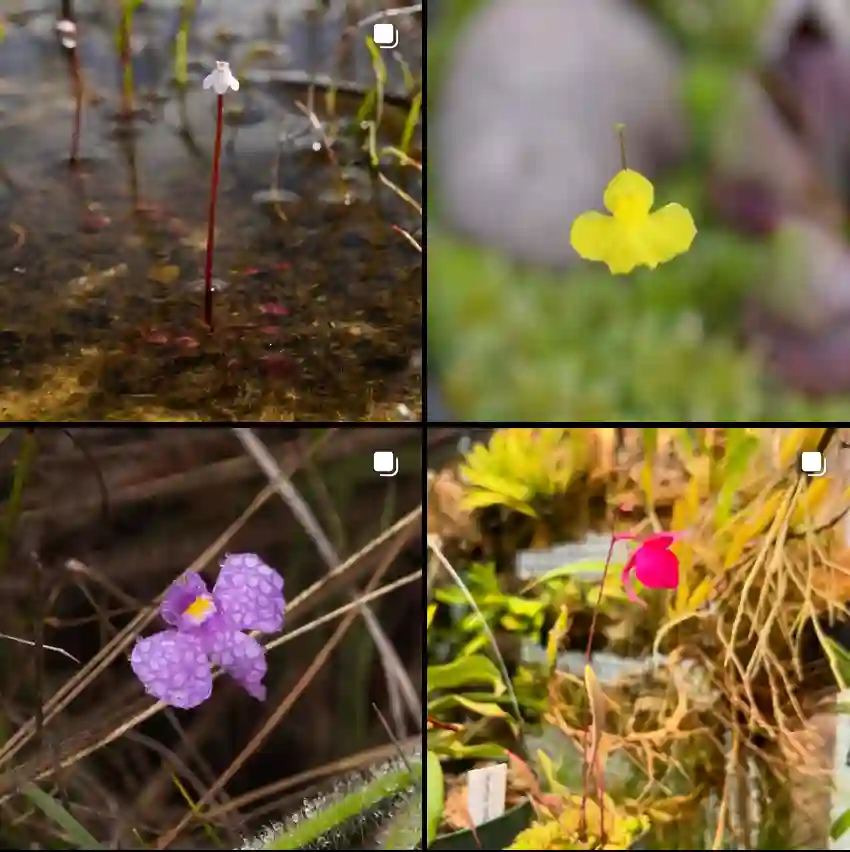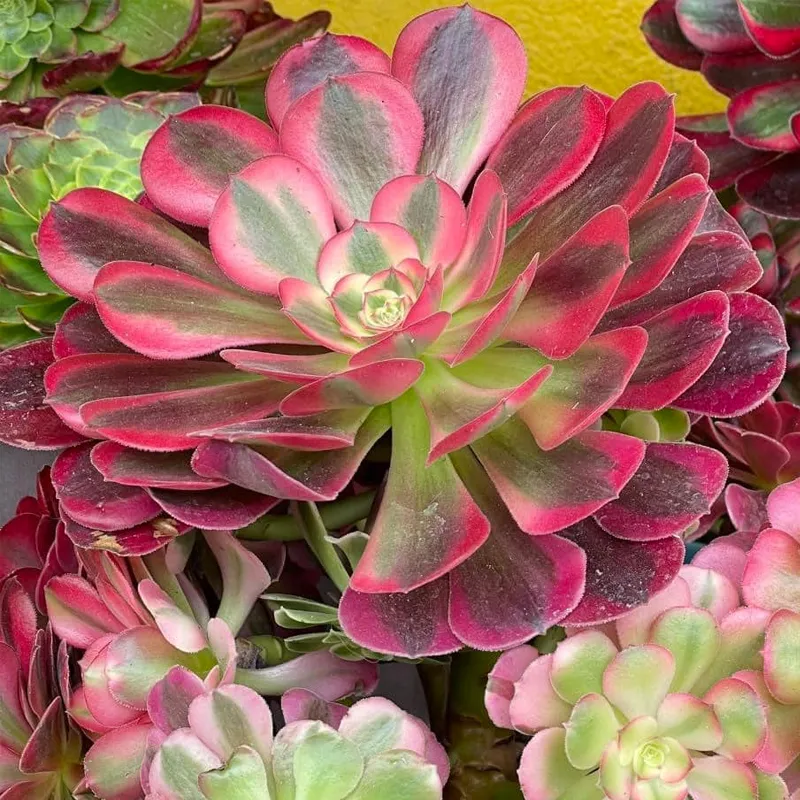My Fascination with Mountain Mints (Pycnanthemum)
As a botanist, I’ve always been drawn to the diversity and resilience of the plant world. Lately, I’ve found myself particularly captivated by a genus of flowering plants known as Pycnanthemum, more commonly referred to as mountain mints. These aromatic herbs, belonging to the mint family (Lamiaceae), are native to North America and boast a rich history of both ecological and medicinal significance.
Aromatic Abundance: Exploring the Species
One of the things that fascinates me most about Pycnanthemum is the sheer variety within the genus. Each species offers a unique blend of characteristics, from subtle variations in leaf shape and flower color to distinct aromatic profiles. Here are:
- Pycnanthemum virginianum (Virginia Mountain Mint): Perhaps the most widespread species, it features lance-shaped leaves and dense clusters of white to pale purple flowers.
- Pycnanthemum incanum (Hoary Mountain Mint): Distinguished by its silvery-gray leaves and a tendency to grow in drier habitats. Plant FAQs: Pycnanthemum Incanum – Hoary Mountain Mint
- Pycnanthemum muticum (Short-toothed Mountain Mint): Characterized by its compact growth habit and rounded flower heads. Plant FAQs: Pycnanthemum Muticum
- Pycnanthemum tenuifolium (Slender Mountain Mint): Notable for its delicate, thread-like leaves and airy clusters of small white flowers. Plant FAQs: Pycnanthemum Tenuifolium
- Pycnanthemum flexuosum (Appalachian Mountain Mint): A robust species with a tendency to form sprawling colonies. Plant FAQs: Pycnanthemum Flexuosum
- Pycnanthemum pycnanthemoides (Southern Mountain Mint): Features broader leaves and a more southerly distribution.
- Pycnanthemum albescens Torr. & A.Gray
- Pycnanthemum beadlei (Small) Fernald
- Pycnanthemum californicum Torr. ex Durand
- Pycnanthemum clinopodioides Torr. & A.Gray
- Pycnanthemum curvipes (Greene) E.Grant & Epling
- Pycnanthemum floridanum E.Grant & Epling
- Pycnanthemum loomisii Nutt.
- Pycnanthemum monotrichum Fernald
- Pycnanthemum montanum Michx.
- Pycnanthemum nudum Nutt.
- Pycnanthemum setosum Nutt.
- Pycnanthemum torreyi Benth.
- Pycnanthemum verticillatum (Michx.) Pers.
Beyond Beauty: The Allure of Mountain Mints
My interest in Pycnanthemum extends beyond their aesthetic charm. These plants have a long and storied history of use, both by indigenous peoples and early settlers. The leaves, when crushed, release a potent minty fragrance often reminiscent of thyme or oregano. This aromatic quality, stemming from the presence of essential oils, has led to their traditional use in teas, culinary preparations, and even potpourris.
Furthermore, Pycnanthemum species have been recognized for their medicinal properties. Historically, they were employed to treat a range of ailments, from digestive issues and headaches to respiratory infections and skin irritations. Modern research is beginning to validate some of these traditional uses, exploring the potential of Pycnanthemum extracts for their anti-inflammatory, antimicrobial, and antioxidant properties.
Ecological Importance: A Haven for Pollinators
Beyond their human applications, Pycnanthemum species play a crucial role in their native ecosystems. Their abundant nectar-rich flowers act as magnets for a wide array of pollinators, including bees, butterflies, moths, and even hummingbirds. By supporting pollinator populations, these plants contribute to the health and biodiversity of the surrounding environment.
Moreover, Pycnanthemum can serve as valuable additions to gardens and landscapes, particularly those designed to attract and support beneficial insects. Their drought tolerance and adaptability to various soil conditions make them relatively low-maintenance choices, further enhancing their appeal for gardeners and conservationists alike.
Looking Ahead: A Continued Journey of Discovery
As I continue to delve deeper into the world of Pycnanthemum, I’m struck by the wealth of knowledge that remains to be uncovered. Further research is needed to fully understand the chemical composition of their essential oils, explore their potential therapeutic applications, and assess their role in ecological restoration efforts.
For me, the study of Pycnanthemum is a journey of ongoing discovery. It’s a testament to the intricate beauty and profound interconnectedness of the natural world, reminding me of the endless wonders that await those who take the time to observe and appreciate.
If i die, water my plants!



